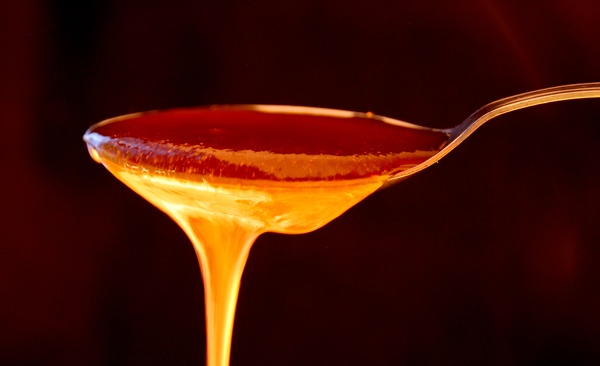The Crazy Metallurgy Apple Is Using to Sell Its Watch; Ceramics Add Strength and Durability
According to Apple, their engineers have custom-designed a new alloy, adding that it’s 60 percent stronger than normal alloys, but just as light. “This requires precision alloying.” Their CDO gives a long description of the chemical process that goes into making the body of the watch—from adding magnesium and zinc to the jet-cooling and casting process. Proper grain structure! Buffing! Texturing with microscopic zirconia beads!
But that’s not all: The gold is the result of a proprietary process developed by metallurgists and patented by Apple. It involves adding ceramic powder to the mix and compressing “to a fraction of its original size”. To a point where it is more durable than normal gold (Ceramics Add Strength and Durability).
In a New Yorker profile of Apple’s CDO, we learned that Apple’s design studio has delved deeper and deeper into creating company-specific manufacturing processes. “The data that Apple now sends to a manufacturer include a tool’s tracking path, speed, and appropriate level of lubricant,” explained Ian Parker, continuing:
“An Apple object is “manufactured in a way that makes it harder to copy,” Paola Antonelli said. “That’s the genius. It’s not only the formal effect.” When, in 2007, Robert Brunner first saw a MacBook’s “unibody” housing—made, unprecedentedly, out of a milled block of aluminum—it was a “mind-blowing epiphany,” he said. Apple “had decided that this was the experience they wanted, so they went out and bought ten thousand C.N.C. milling machines.”
What many might see as purely a cost-cutting measure is really a matter of material performance—the addition of ceramic particles to the MMC make Apple’s gold “twice as hard” (400 Hv according to the Vickers test), more scratch resistant, and less dense. Given the beating a watch can take, a cheaper, stronger, lighter, and more scratch-proof “wrist-puter” is a huge win for [Apple]—and the use of ceramics a win for the collective “us.”
Read the full article here!

